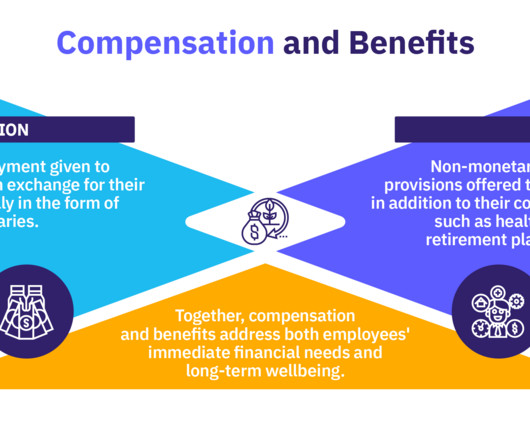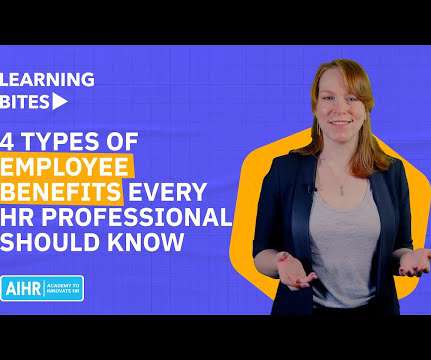8 Employee Incentives That Work: Best Practices from US MNCs
Empuls
SEPTEMBER 20, 2024
Employee incentives that work are essential for boosting motivation, engagement, and productivity within an organization. Research consistently shows that effective incentive programs lead to higher performance levels, lower turnover rates, and ultimately, a stronger bottom line. What is an Employee Incentive?
















Let's personalize your content